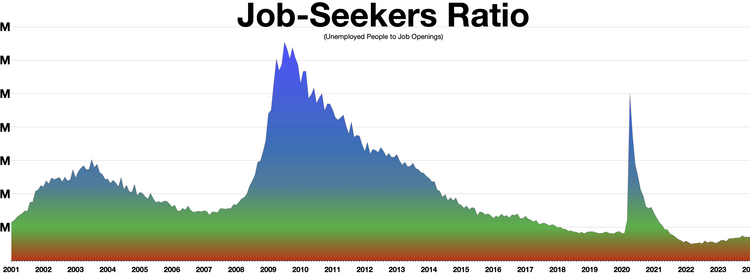Cybercrime is evolving—are your defenses keeping up?
- Cybercrime is projected to become a $10.5 trillion industry, surpassing illegal drug sales.
- Wealth managers and their clients are prime targets for cybercriminals.
- Cybercriminals utilize AI to create deep fakes and execute sophisticated attacks.
- Direct attacks exploit weak company systems and unsophisticated passwords.
- Indirect attacks often target clients and remote employees with poor cybersecurity.
- Rogue employees pose significant risks by misusing their access to company information.
Wealth managers are facing an alarming new reality as cybercrime is set to become a staggering $10.5 trillion industry, eclipsing the combined sales of all illegal drugs. This makes both wealth management firms and their clients highly attractive targets for cybercriminals. Numerous firms have already suffered attacks, resulting in the theft of millions of dollars in client assets. nnCybercriminals are not only quick to adopt new technologies but are also leveraging artificial intelligence (AI) to enhance their tactics. They create deep fakes—highly accurate replicas of individuals’ voices and images—to deceive and manipulate their targets. These tactics are often part of broader social engineering schemes, where criminals impersonate employees or clients to gain access to sensitive information. nnThe methods of attack can be categorized into two main types: direct and indirect. Direct attacks focus on exploiting vulnerabilities in company systems, often due to misconfigured technology or weak passwords. For instance, a recent study revealed that a computer using AI could guess an eight-character password in under a second. Cybercriminals also deploy malware to infiltrate systems, steal confidential information, and initiate fraudulent transactions. nnIndirect attacks, on the other hand, target clients and remote employees who may not have robust cybersecurity measures in place. Cybercriminals can exploit smart home devices connected to home networks, gaining access to a wealth of information. They can also engage in ‘shoulder surfing’ to steal passwords in public settings. nnClients have become the preferred targets for cybercriminals, with compromised personal email and social media accounts being used to initiate fraudulent transactions. Insider threats from rogue employees further complicate the landscape, as they may sell client information or facilitate breaches. nnIn this rapidly evolving threat environment, wealth managers must prioritize cybersecurity to protect their clients and their own operations. The stakes have never been higher, and the time to act is now.·
Factuality Level: 7
Factuality Justification: The article provides a detailed overview of the cybercrime landscape affecting wealth managers, including various tactics used by cybercriminals. However, it contains some sensational language and assumptions about the scale of cybercrime that may not be fully substantiated. While it presents relevant information, the dramatic framing and lack of clear sourcing for some claims detract from its overall factuality.·
Noise Level: 8
Noise Justification: The article provides a detailed analysis of the evolving tactics used by cybercriminals targeting wealth managers and their clients. It discusses the implications of these tactics, including the use of AI and deep fakes, and highlights the vulnerabilities in both company systems and personal cybersecurity. The article stays on topic, supports its claims with examples, and offers insights into the risks faced by the industry, making it a valuable resource for understanding the current landscape of cyber threats.·
Public Companies: JPMorgan (JPM)
Private Companies: Digital Privacy & Protection, LLC,Undiscovered Managers,Fiduciary Network,MarketCounsel
Key People: Mark P. Hurley (CEO of Digital Privacy & Protection, LLC), Brian Hamburger (Entrepreneur, attorney, consultant, speaker, columnist)
Financial Relevance: Yes
Financial Markets Impacted: Wealth management firms and their clients are directly impacted by cybercrime, which threatens client assets and the integrity of financial services.
Financial Rating Justification: The article discusses the significant threat of cybercrime to wealth managers and their clients, highlighting the financial implications of stolen assets and compromised systems, which are critical to the financial industry.·
Presence Of Extreme Event: Yes
Nature Of Extreme Event: Technological Disruption
Impact Rating Of The Extreme Event: Major
Extreme Rating Justification: The article discusses the significant rise of cybercrime, which is projected to become a $10.5 trillion annual business. This indicates a severe impact on wealth managers and their clients, with millions of dollars already stolen and a variety of sophisticated tactics being employed by cybercriminals. The scale and innovation in cybercrime suggest major economic consequences and risks to client security.·
Move Size: No market move size mentioned.
Sector: All
Direction: Down
Magnitude: Large
Affected Instruments: Stocks
 www.barrons.com
www.barrons.com 





